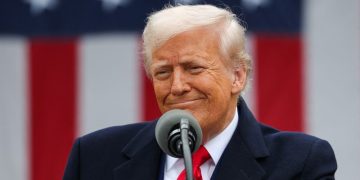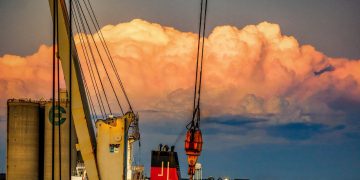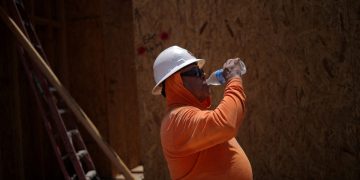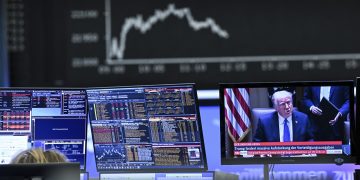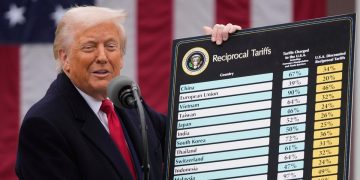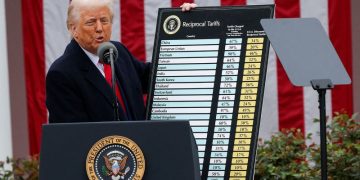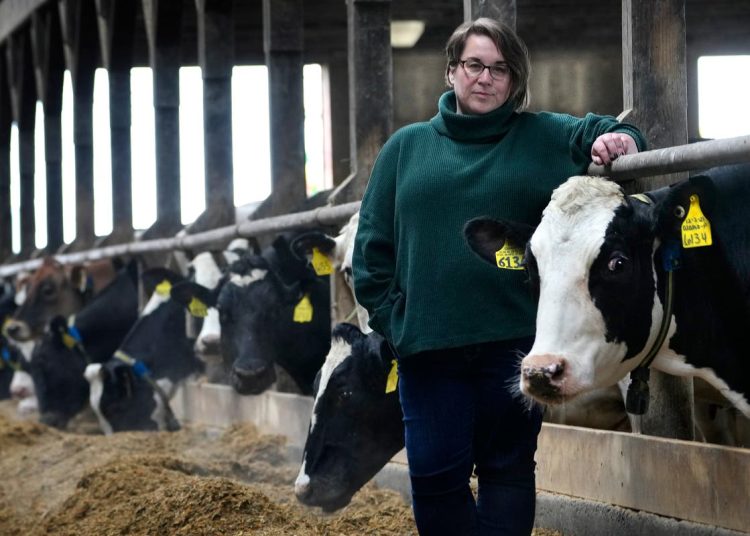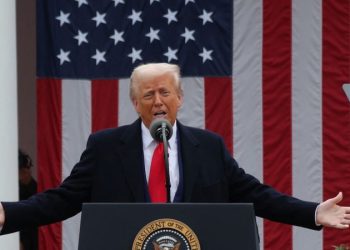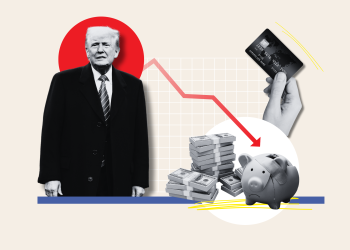Having fled economic and political chaos in Venezuela, Luisana Silva now loads carpets for a South Carolina rug company. She earns enough to pay rent, buy groceries, gas up her car — and send money home to her parents.
Reaching the United States was a harrowing ordeal. Silva, 25, her husband and their then-7-year-old daughter braved the treacherous jungles of Panama’s Darien Gap, traveled the length of Mexico, crossed the Rio Grande and then turned themselves in to the U.S. Border Patrol in Brownsville, Texas. Seeking asylum, they received a work permit last year and found jobs in Rock Hill, South Carolina.
“My plan is to help my family that much need the money and to grow economically here,” Silva said.
Her story amounts to far more than one family’s arduous quest for a better life. The millions of jobs that Silva and other new immigrant arrivals have been filling in the United States appear to solve a riddle that has confounded economists for at least a year:
How has the economy managed to prosper, adding hundreds of thousands of jobs, month after month, at a time when the Federal Reserve has aggressively raised interest rates to fight inflation — normally a recipe for a recession?
Increasingly, the answer appears to be immigrants — whether living in the United States legally or not. The influx of foreign-born…

